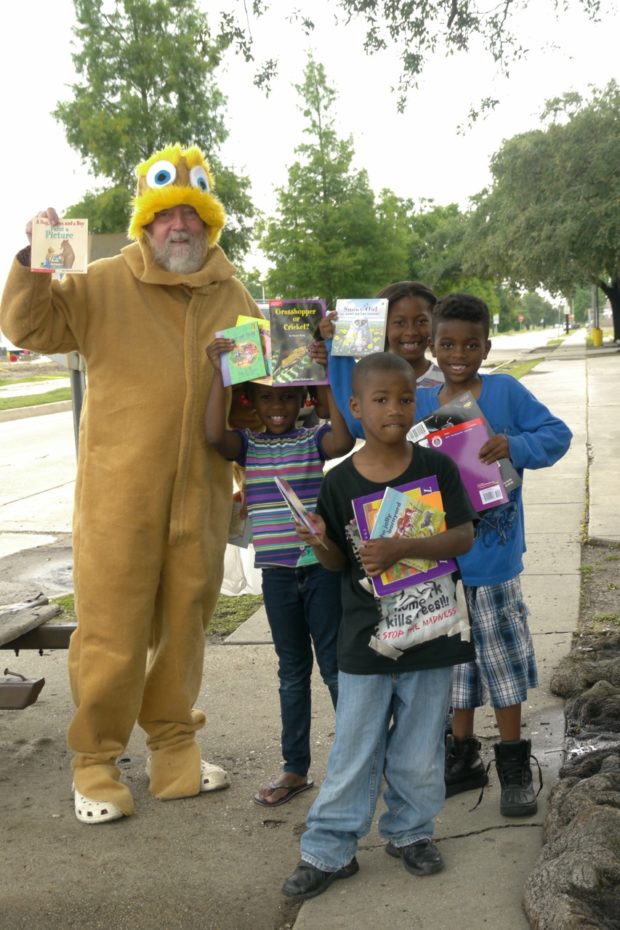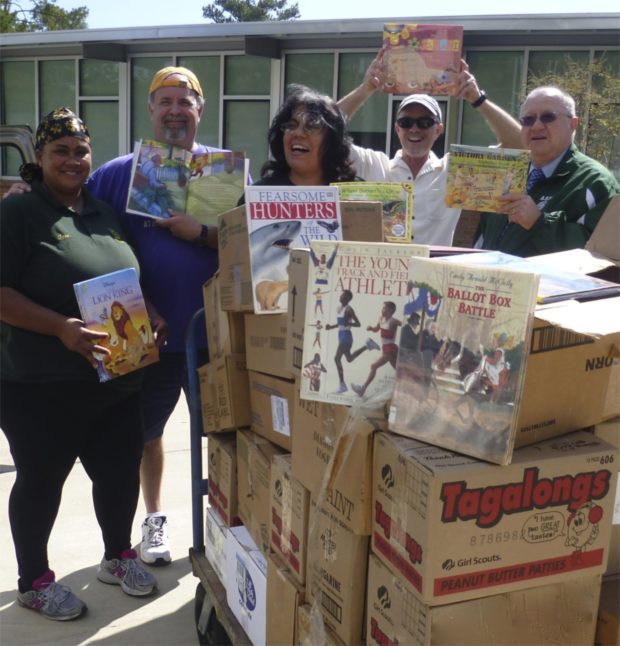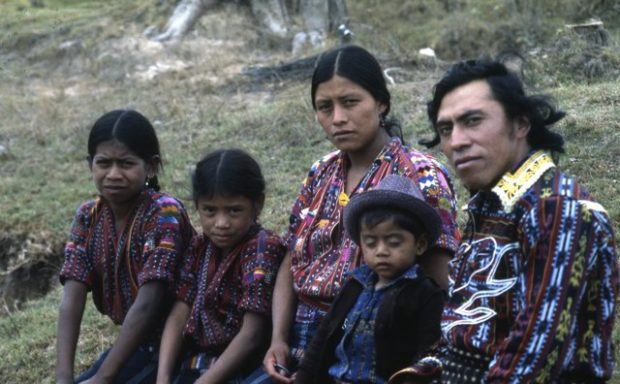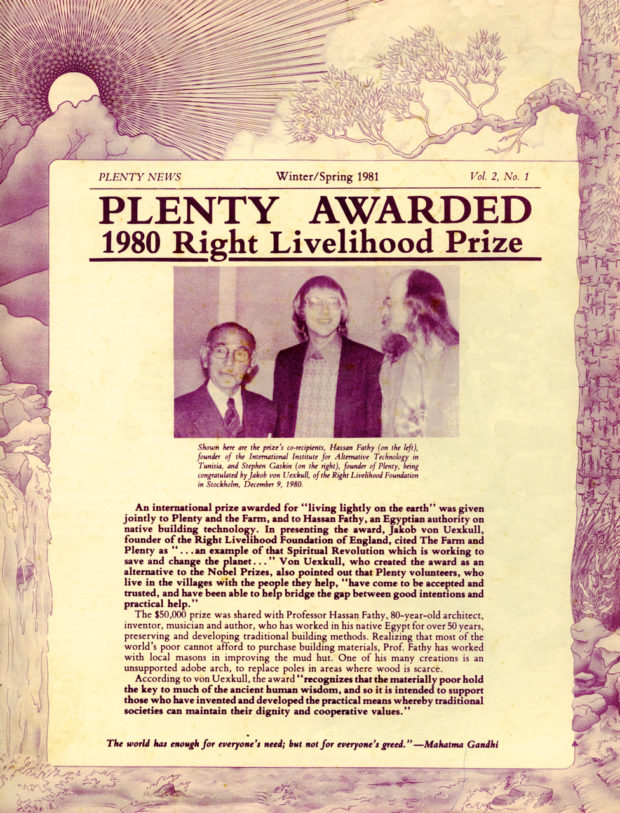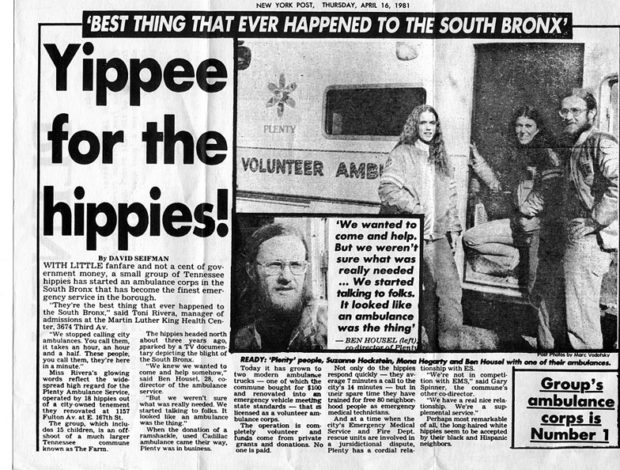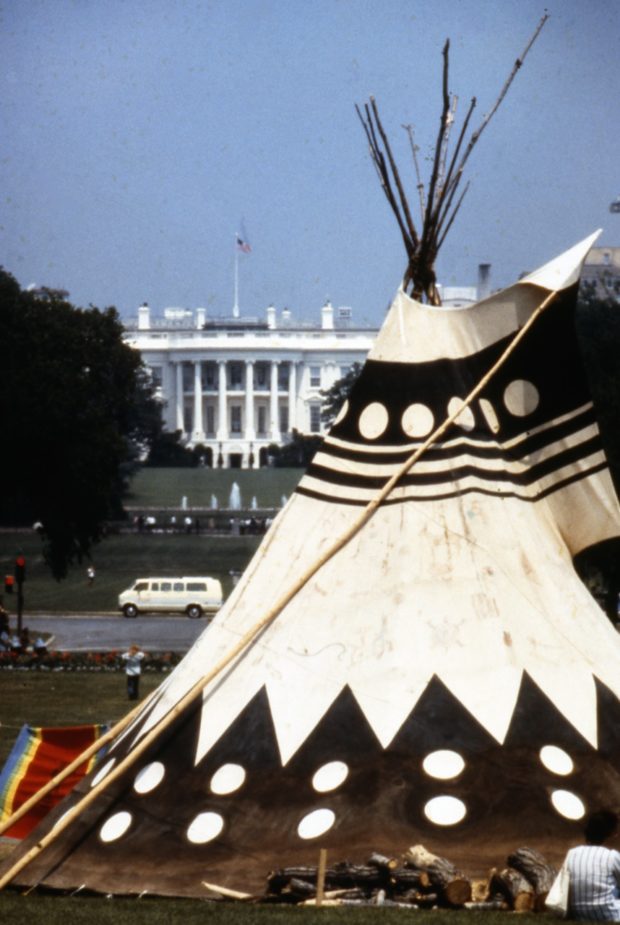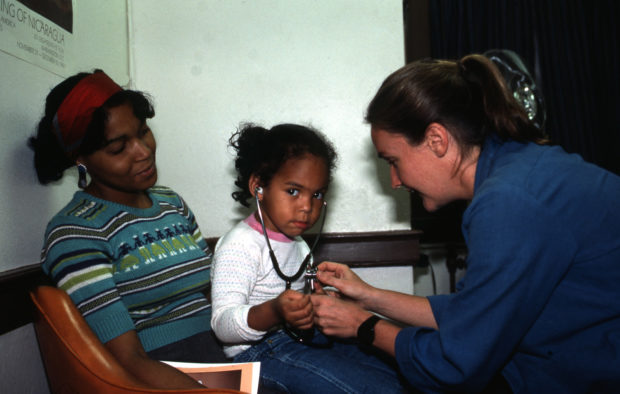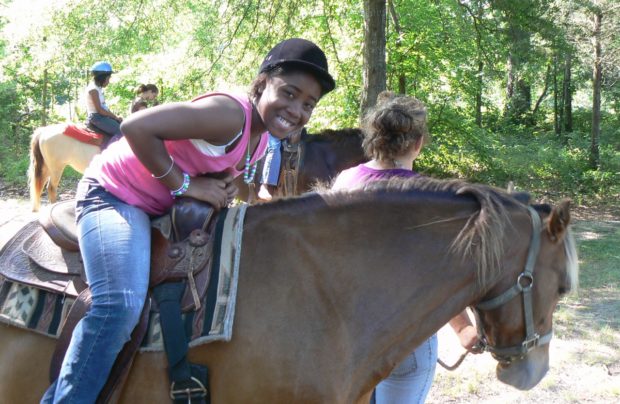In 1974, Plenty International was founded as an outreach arm of the Farm Community in Summertown, Tennessee, to express our desire to make a difference in the world.
At first, Plenty just gave food away to the hungry. The Farm’s crop surpluses were distributed to the local rural poor. We moved our food aid farther afield as we discovered pockets of hunger in urban Nashville, Memphis, Chicago, rural Alabama and Mississippi.
Sometimes we would learn of a tornado or flash flood hitting a town in the mid-west, and we would send out volunteers to assist in the clean-up and reconstruction.
When a devastating earthquake struck Guatemala in 1976, killing 23,000 and leaving a million homeless, the Farm and Plenty decided to decided to go and see if there was anything this young, untested organization could do to help.

At the time, that earthquake was the greatest natural disaster in the history of Central America, and the volunteers were overwhelmed to view the destruction.
Initially Plenty committed crews of carpenters to assist the Mayans in their efforts to rebuild.
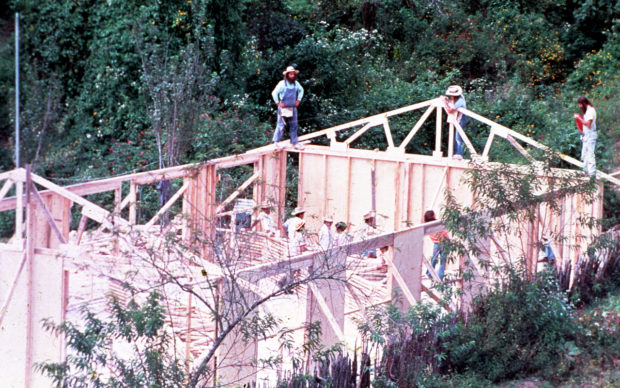
Over the next four years Plenty volunteers built over twelve hundred houses, 12 schools and several public buildings.
More than 100 Plenty volunteers served in Guatemala, working side by side with Guatemalan farmers and villagers. Many of us witnessed for the first time the depth of poverty in the Third World.
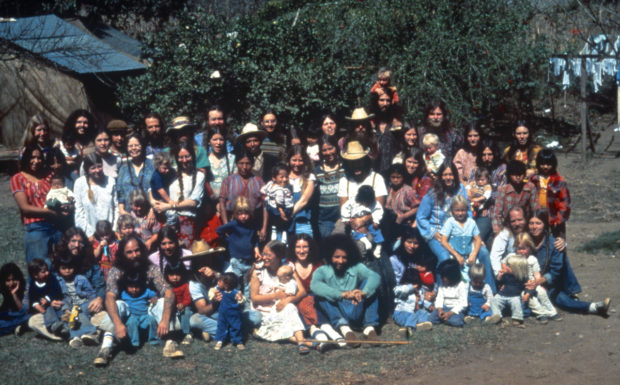
We soon learned that poverty is a wheel with many spokes that rolls over the backs of the poor. The spokes are racism, poor sanitation, lack of health care and clean water, land and food shortages, as well as economic and political oppression.
It’s just like the old song says, “Them that’s got shall get, them that’s not shall lose.”
Recognizing the need for additional protein to fight malnutrition, Plenty volunteers began introducing the Mayan people to soybean foods and agriculture.
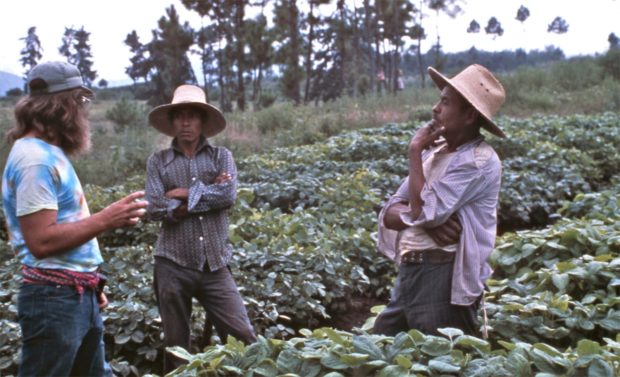
Soyfoods processing demonstrations were part of a strategy to get more protein to the kids. “Ice Bean” was always a big hit!
This led to the construction of a Mayan owned and operated soy dairy (Alimentos San Bartolo), in the village of San Bartolo, Solola, that is still in business today providing both jobs and a reliable source of inexpensive protein.
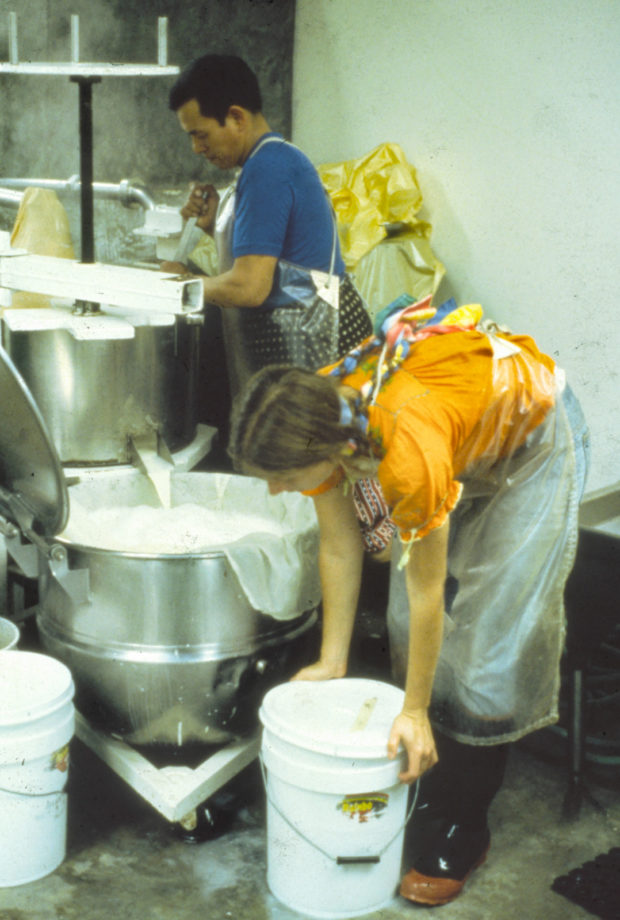
Plenty volunteers also engaged in projects to promote primary health care, and helped to install potable water systems, sanitation, and communications technology.
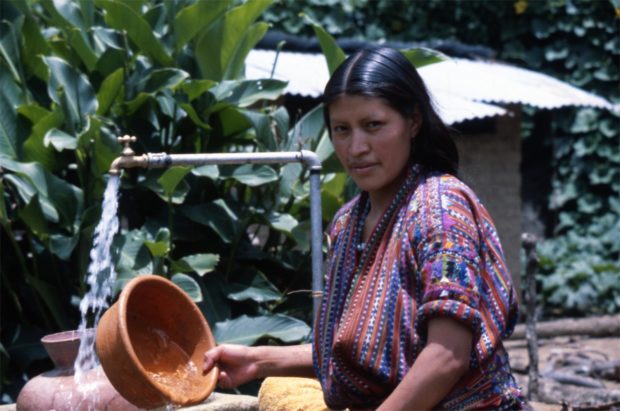
We felt extremely lucky to be able to exchange a few of our life-supporting technologies for the privilege of experiencing the richness of the Maya culture and the powerful heart and intelligence of its people.
Plenty volunteers were forced to leave Guatemala in the fall of 1980 due to the escalating violence. In the 1990s Plenty returned to assist projects such as fair trade crafts marketing for Mayan women, a community library in Jacaltenango, and technical support for the Alimentos San Bartolo soy dairy. Other food, nutrition, and environmental projects continue today.
Building on our experiences in Guatemala, Plenty launched projects in the South Bronx, on Native American Reservations, Lesotho in southern Africa, Dominica, St. Lucia and Jamaica in the Caribbean, and Mexico, Belize, Nicaragua, and El Salvador. Plenty has also worked extensively in the development of soyfoods technology and promoting fair trade.
In 1978, Plenty volunteers from South Africa and Mozambique established a program in Lesotho, a small African kingdom surrounded by apartheid South Africa. Over the next six years volunteers carried out projects in tree planting, potable water and sanitation, soy agriculture and food processing, solar energy, and primary health care.
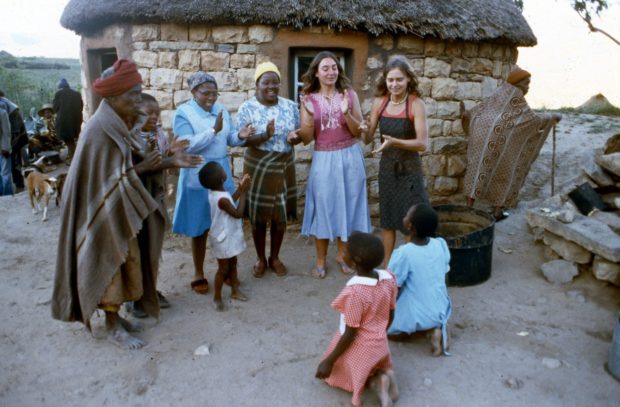

In 1980, Plenty, with its founder, Stephen Gaskin, was a recipient of the first Right Livelihood Prize, annually awarded in Stockholm, Sweden.
In 1978 Plenty learned of an inspired group of young people who were trying to save the South Bronx, NY from total destruction. They called themselves “Sweat Equity” and they made a deal with the city that they could renovate abandoned apartment buildings so that people who assisted in the renovations could repopulate the buildings at inexpensive rents. We asked how Plenty could help and they said they needed emergency ambulance services because city ambulances were slow and would not answer a call after dark in the South Bronx. So began the Plenty Ambulance Service that operated in the South Bronx from 1978 until 1984, performing emergency response and transport as well as training South Bronx residents as Emergency Medical Technicians so they could get jobs with the city.
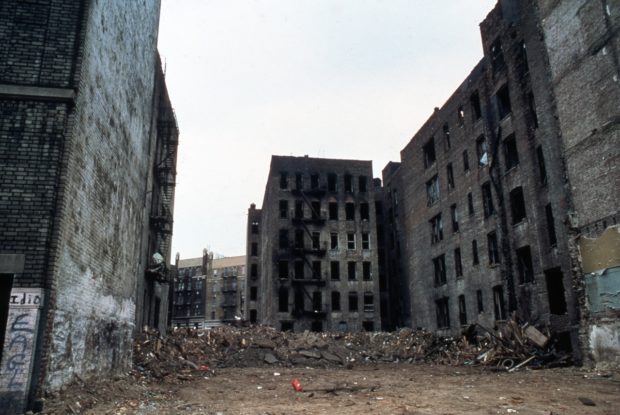
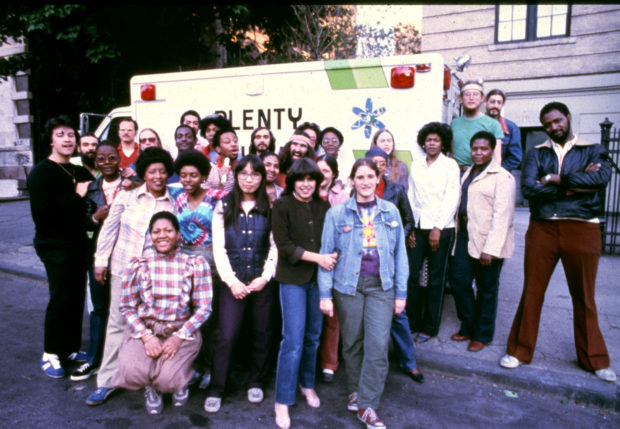
From February to July 1978, hundreds of Native Americans walked from San Francisco to Washington, DC, to raise awareness in Congress and the country of the continuing and relentless oppression of America’s Native peoples, their endemic poverty and the trail of broken treaties. Ultimately thousands of Indians and their supporters converged on Washington, DC for speeches, rallies, and meetings with government officials. Plenty took part in the last stages of the event providing medical and radio communications support along with video, audio and photo documentation.
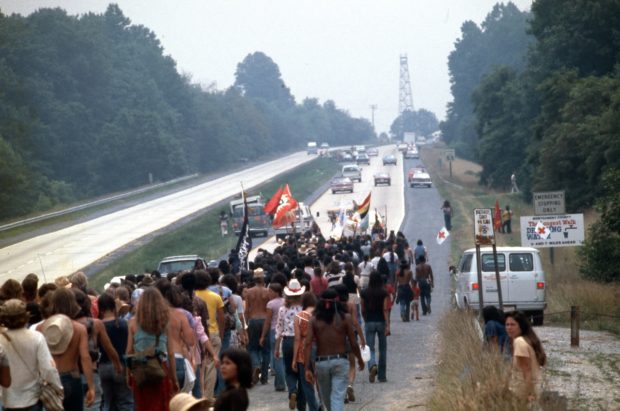
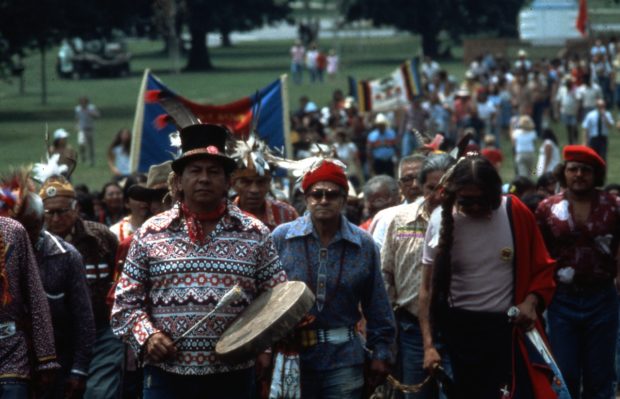
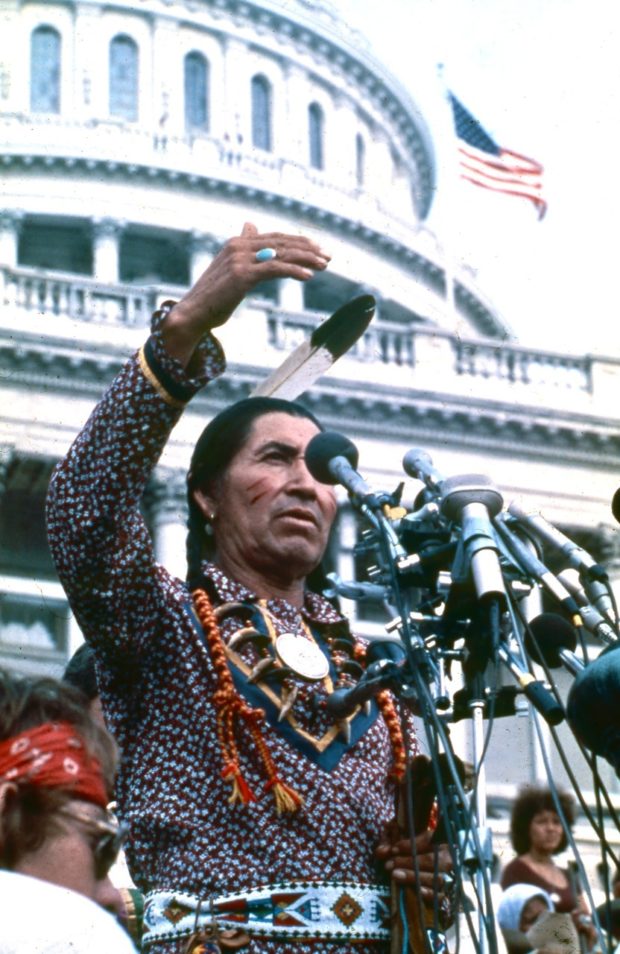
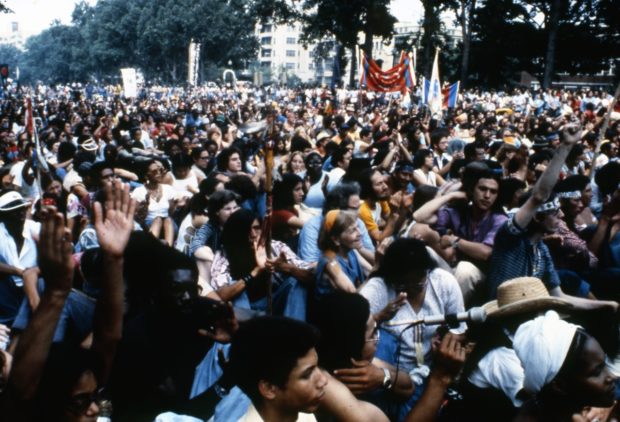
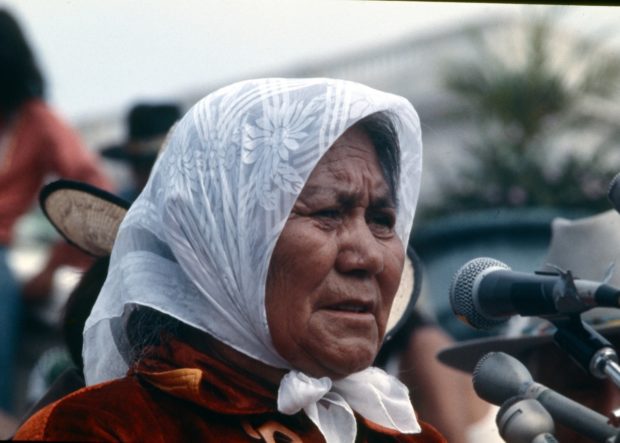
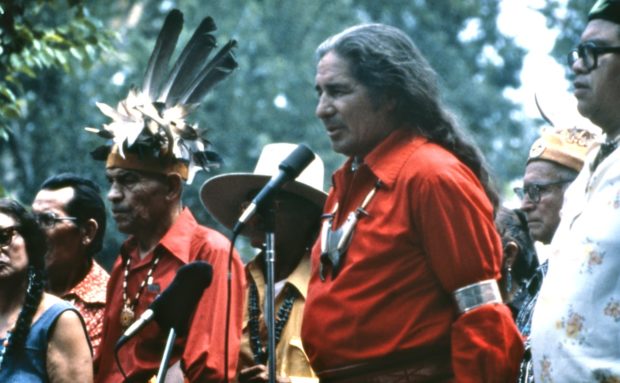
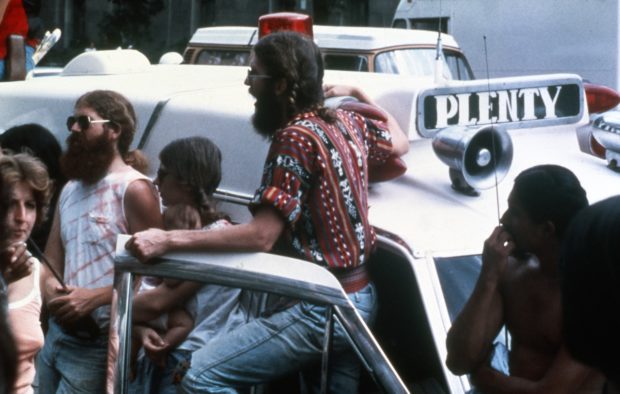
In 1980, four Plenty volunteers and their children went to Haiti at the invitation of Mother Theresa’s Missionaries of Charity to help with a medical clinic and home for the destitute.
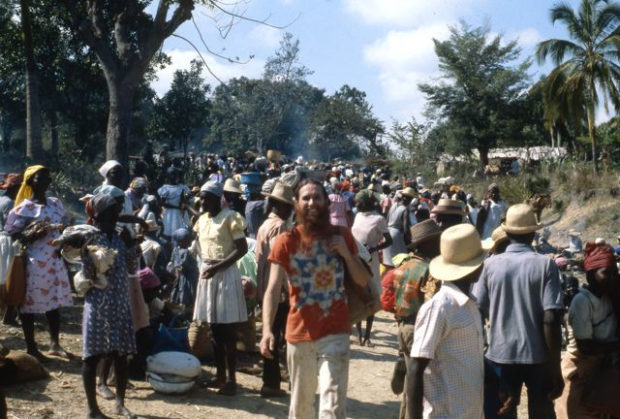
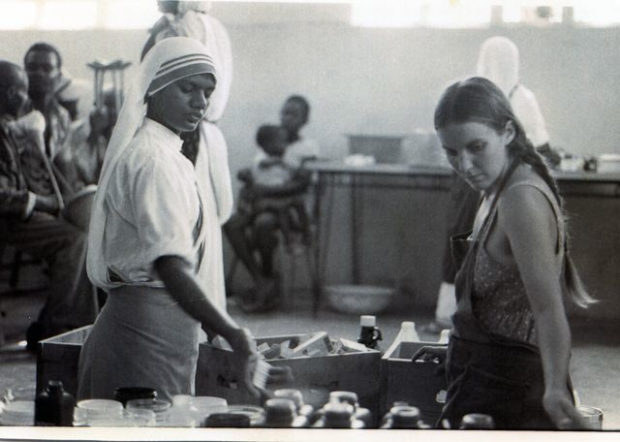
In 1982, Central American refugees were pouring into Washington, DC and overwhelming DC General Hospital. Plenty and the Central American Refugee Center (CARECEN), with the support of the DC Office of Latino Affairs, opened Clinica del Pueblo, a weekly free clinic. The clinic was staffed by volunteer doctors and medical students from Georgetown and George Washington Universities. Along with primary care services, the clinic offered training to refugees on skills such as taking blood pressure.
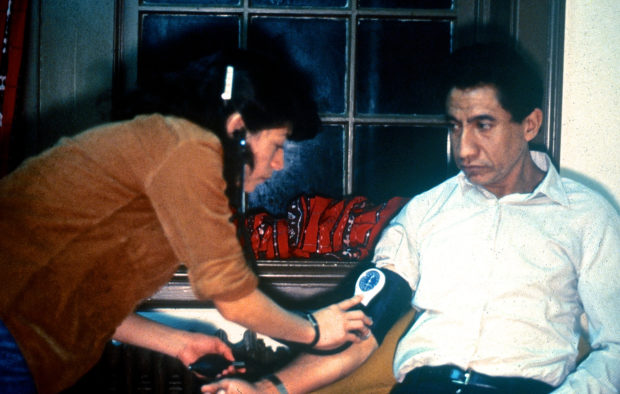
When the clinic was in session, lawyers from CARECEN offered legal counseling for refugees at the site. When Plenty closed its DC office in 1984 it turned Clinica del Pueblo over to the community and it subsequently grew to become the largest full-time bilingual free clinic for refugees in the US.
In 1983 Plenty joined with the Fri and its crew of international environmentalists to seed alternative energy and food projects throughout the Caribbean. The Fri was a 90-ft., two-masted wooden ship that once had sailed with Greenpeace in the South Pacific in protests against French atomic bomb tests.
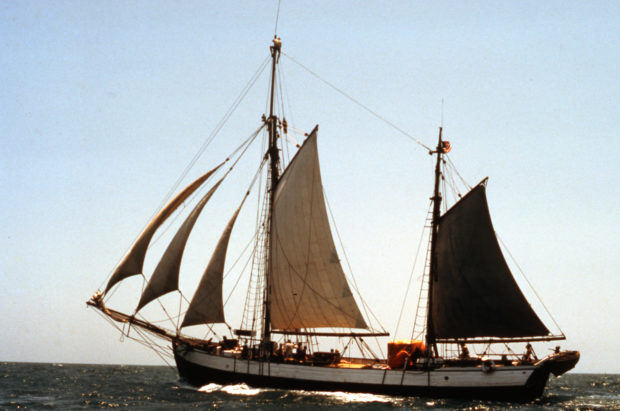
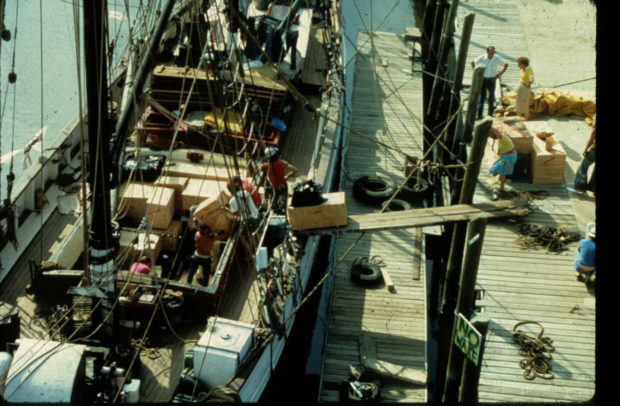
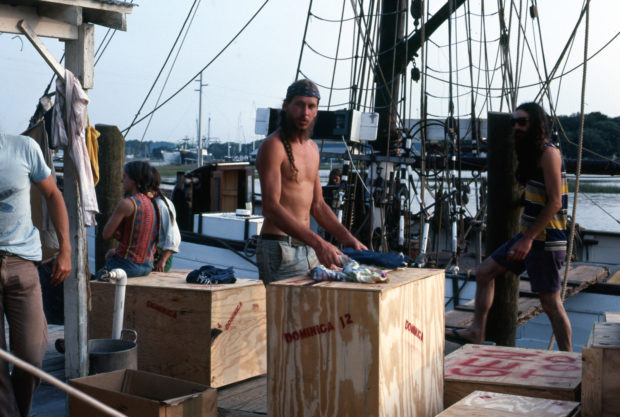
In 1985 Plenty began a partnership with a traditional Oglala Lakota tiospaye (extended family) on the Pine Ridge Reservation in South Dakota. A plan was developed and initial funding secured to begin a family vegetable gardens project. At first the gardens were located in the Slim Buttes district of the Reservation, and eventually spread out to most of the Districts on Pine Ridge.
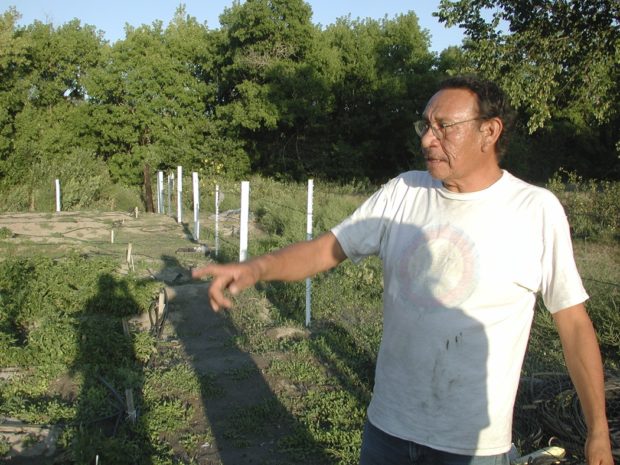

In 1986, a school teacher at the Farm School, Mary Ellen Bowen, re-launched Kids To The Country, a project that began when members of the Plenty Ambulance Service in the South Bronx started taking neighborhood kids to the country in upstate NY. There the kids could work and play on a farm and get away from the noise, pollution, and stress of the inner city. Now kids from inner city Nashville Tennessee have a chance to enjoy Kids To The Country on 1750 acres of woods and fields, streams and small ponds, and experience nature, horse and bike riding, and healthy living. 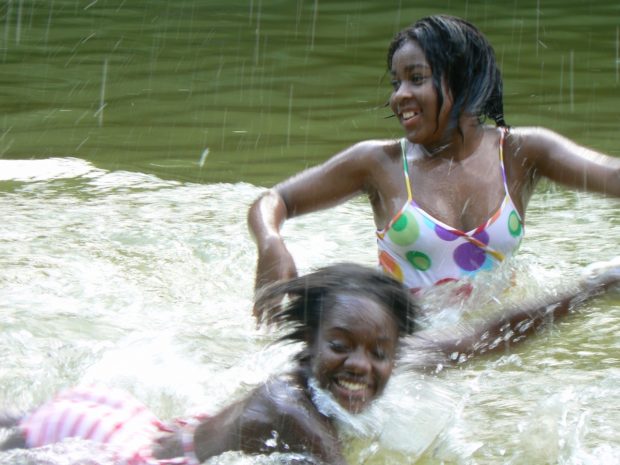
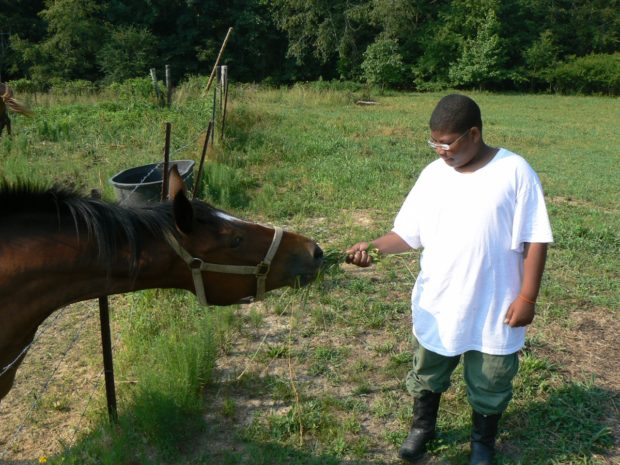
In 1987 Plenty received a letter from a group of eight soon-to-be graduated MBA students at the Wharton School of Business Lauder Institute of the University of Pennsylvania in Philadelphia. Previous to this time Plenty had required all volunteers to live for at least two years in the Farm Community in Tennessee, but we were intrigued by the request of these future MBAs. It was February and they needed to do the work in May right after they graduated. We told them we might be able to use them on a small construction project on the island of Dominica in the eastern Caribbean, but they would need to both pay their expenses and fund the project to the tune of $15,000. We figured that would be the last we heard from them, but a month later they had raised the $15,000 from two Wharton/Lauder alumni and were raising money for their expenses, including round-trip airfare. In May they were in Dominica working with the Carib Indians building a soy facility. This began a five-year period where Plenty got MBA volunteers from Wharton, MIT and Stanford. They worked in Dominica, Belize and on Pine Ridge Reservation. They always raised their own expenses and funds to contribute to whatever project they were working on, and we were always impressed by their work ethic and what they were able to accomplish.
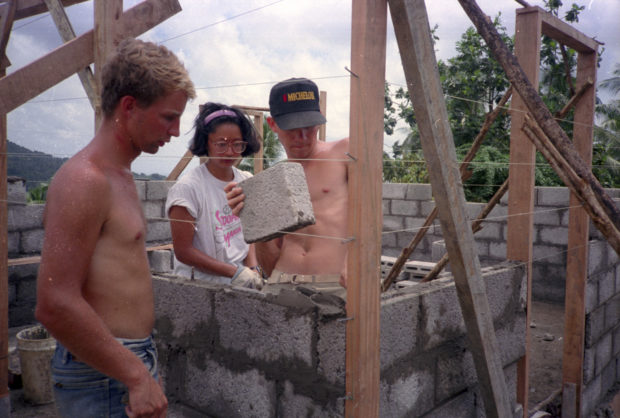
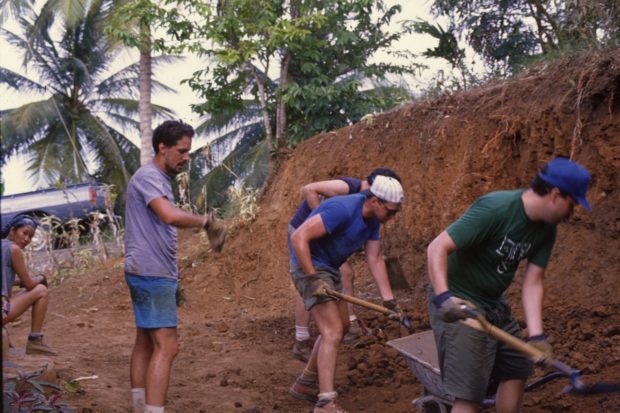
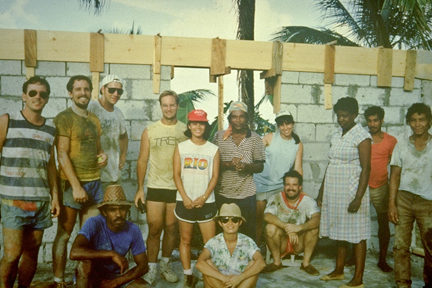
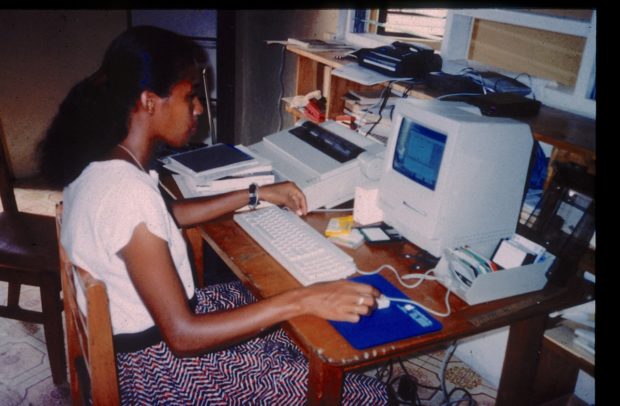
In 1986 Plenty started sending staff and volunteers to Belize, Central America. During these visits we met with government officials, local development organizations and other NGOs, just learning what we could about the multicultural people of this former British colony. We soon realized that the poorest people were the Indigenous Mayan and Garifuna peoples primarily residing in the Toledo District of southern Belize and by 1990 our efforts were generally focused there.
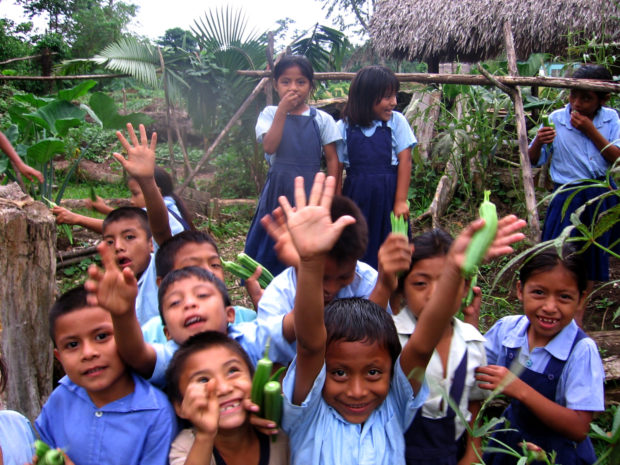
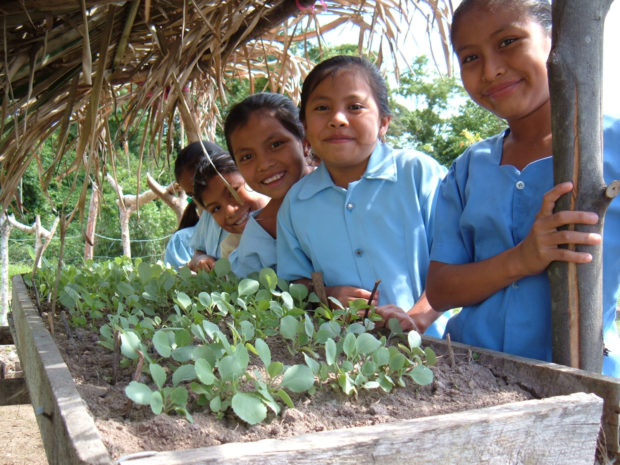
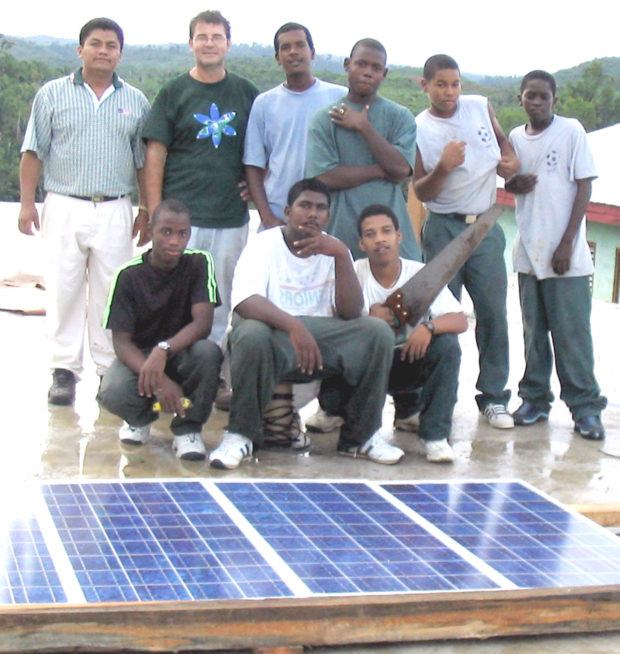
Throughout the 1990s Plenty continued its work in Guatemala, Belize, Dominica, Pine Ridge, and with Kids To The Country in Tennessee.
In 2005 Hurricane Katrina battered New Orleans and left 80% of the city underwater.
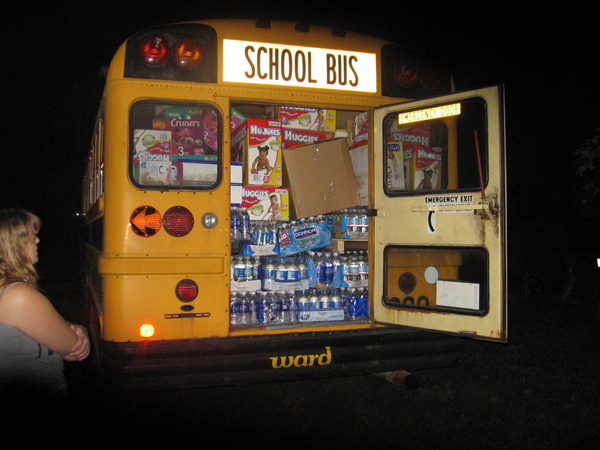
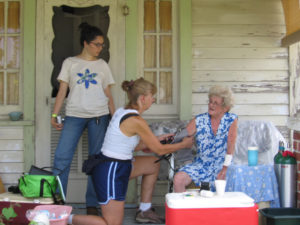
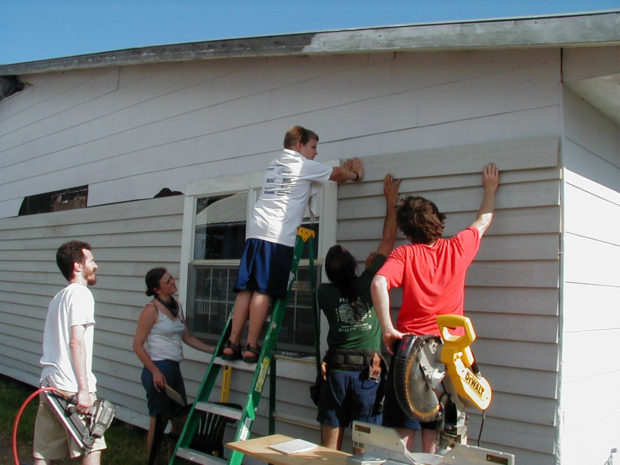
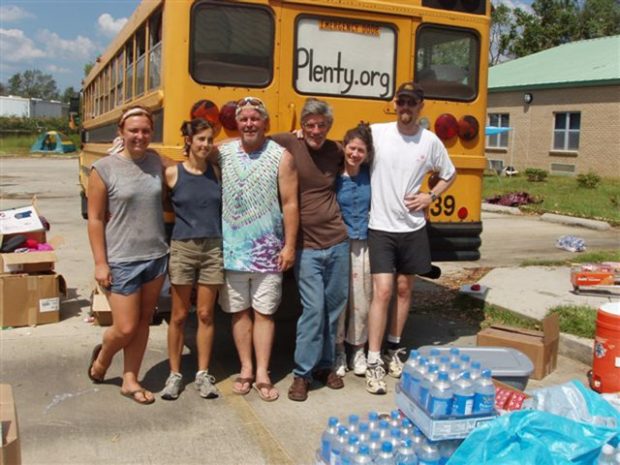
One of the volunteers who joined Plenty’s Katrina Relief effort was a carpenter, Tony Sferlazza. At the end of 2006 Tony bought a small house near the Lower Ninth Ward in New Orleans. The house had been damaged and flooded during Katrina but Tony was able to refurbish it and turn it into Plenty’s Gulf Coast Recovery Headquarters and a place for Tony and other volunteers to stay while they were helping people repair their homes.
In 2009, Plenty volunteer Elaine Langley, one of Plenty’s first responders to the Katrina disaster, took a job at the West Jefferson Parish Hospital in New Orleans. Elaine and her carpenter husband, Calvin, worked over the next three years proving support services from construction to food aid to Native Biloxi-Chitimacha communities living in Pointe-au-Chene and Isle de Jean Charles. These communities were not seriously impacted by Katrina but were hard hit by hurricanes Rita, Gustav, and Ike. They had already been suffering from the loss of protective wetlands and barrier islands brought about by the destructive off-shore dredging by oil companies operating in the Gulf of Mexico. The 2010 BP oil disaster was a catastrophe these communities may never fully recover from.
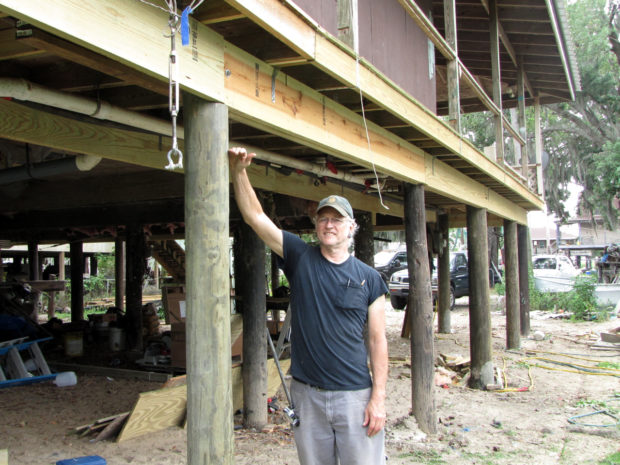
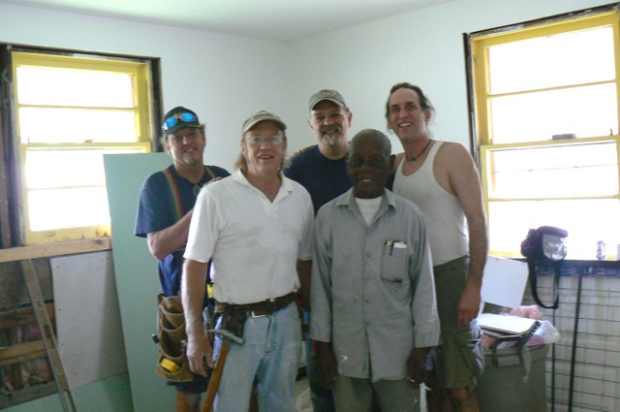
One of Plenty’s Katrina volunteers, Jim Selin of Nashville, Tennessee, saw that as a result of the hurricane and massive flooding, tens of thousands of children’s books were lost to schools and families in the Gulf Coast region. In response, Jim launched a new project, “Books To Kids”. With only his station wagon and a small trailer hitched behind, he began collecting books through donations and purchases from thrift stores and libraries and distributing them to families and schools, first in New Orleans, then to other communities along the Gulf Coast. The project eventually spread to inner city Nashville, Appalachia and New York after Hurricane Sandy. By 2013, with the help of several volunteers and the support of the Philip R. Jonsson Foundation, the PeyBack Foundation, the Posel Foundation, and individual Plenty donors, Jim has distributed more than 125,000 quality children’s books to families, schools and community centers in areas recovering from natural disasters or chronic poverty.
